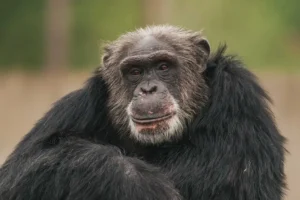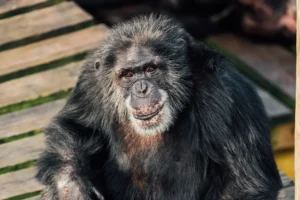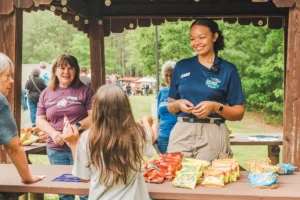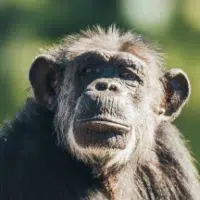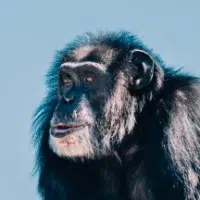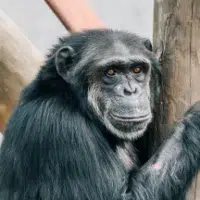Early Learners
Lessons and activities for early learners inspired by Social and Emotional Learning (SEL) principals.
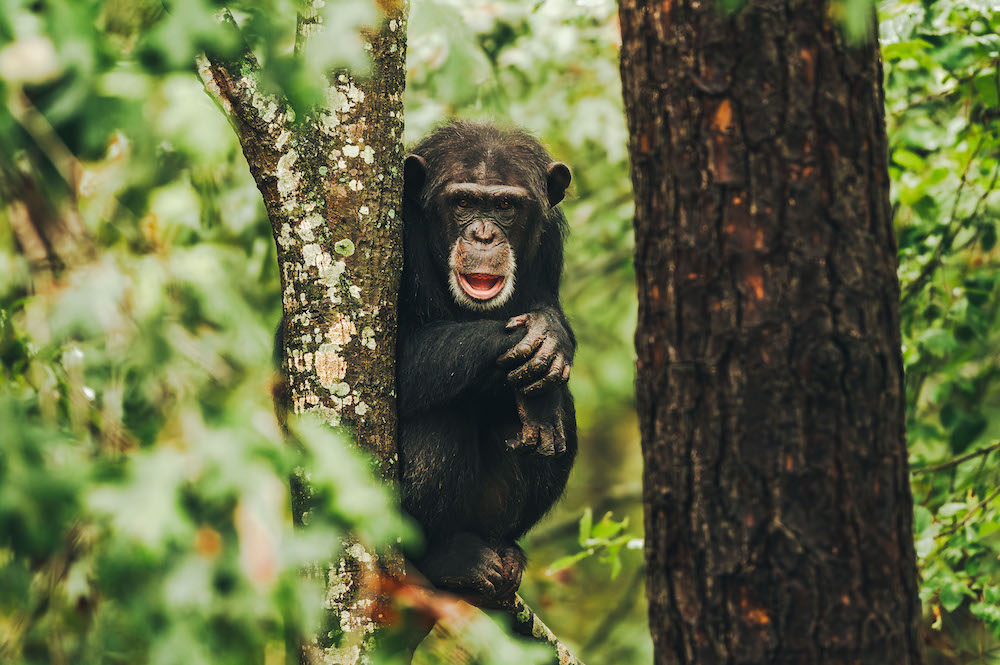
Habitats
Learn about chimpanzee habitats and what chimpanzees need in their environments.
Take a look at how chimps utilize the habitats at Chimp Haven.
Primates
Learn about primates, the differences between apes and monkeys, and how to perform chimpanzee vocalizations.
Hear the Chimp Haven crew’s best pant-hoots and create a video of your own!
Chimp Diets
Learn about what the chimps eat in the wild and at Chimp Haven.
Awbrea gives us a look at what the chimps eat every day at Chimp Haven.
Husbandry
Learn about Husbandry (the care of animals) and how the Chimp Haven team cares for the chimps’ daily needs.
The Husbandry team talks about a typical day in the life of a caregiver at Chimp Haven.
Positive Reinforcement Training
Learn how Positive Reinforcement Training invites the chimps to participate in their own healthcare plans.
Rebekah and Mark give a demo of a Positive Reinforcement session at Chimp Haven.


